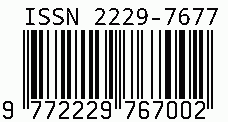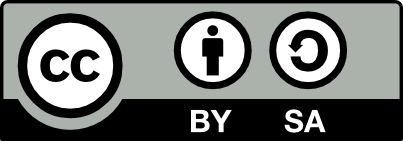
International Journal on Science and Technology
E-ISSN: 2229-7677
•
Impact Factor: 9.88
A Widely Indexed Open Access Peer Reviewed Multidisciplinary Bi-monthly Scholarly International Journal
Plagiarism is checked by the leading plagiarism checker
Call for Paper
Volume 16 Issue 4
October-December 2025
Indexing Partners



















MERGER CONTROL MECHANISMS IN INDIA AND AUSTRALIA: THRESHOLDS, SUBSTANTIVE TESTS AND PROCEDURAL INNOVATIONS
| Author(s) | Ms. Kompal Gandhok, Dr. Chhavi Chaudhary |
|---|---|
| Country | India |
| Abstract | This paper presents a comparative analysis of merger control regimes in India and Australia, focusing on jurisdictional thresholds, substantive assessment standards, and procedural developments. It contrasts India’s mandatory, suspensory model under the Competition Act, 2002, with Australia’s voluntary, non-suspensory approach governed by Section 50 of the Competition and Consumer Act, 2010. The study critically examines the “Appreciable Adverse Effect on Competition” (AAEC) test applied in India and the “Substantial Lessening of Competition” (SLC) test used in Australia, alongside innovations like India’s Green Channel and Australia’s pre-assessment tools. By analyzing enforcement trends and digital economy challenges, the research highlights the strengths and limitations of both systems and advocates for greater procedural alignment and regulatory cooperation in an increasingly globalized merger landscape. |
| Published In | Volume 16, Issue 2, April-June 2025 |
| Published On | 2025-05-01 |
| DOI | https://doi.org/10.71097/IJSAT.v16.i2.4183 |
| Short DOI | https://doi.org/g9g7z4 |
Share this


CrossRef DOI is assigned to each research paper published in our journal.
IJSAT DOI prefix is
10.71097/IJSAT
Downloads
All research papers published on this website are licensed under Creative Commons Attribution-ShareAlike 4.0 International License, and all rights belong to their respective authors/researchers.

